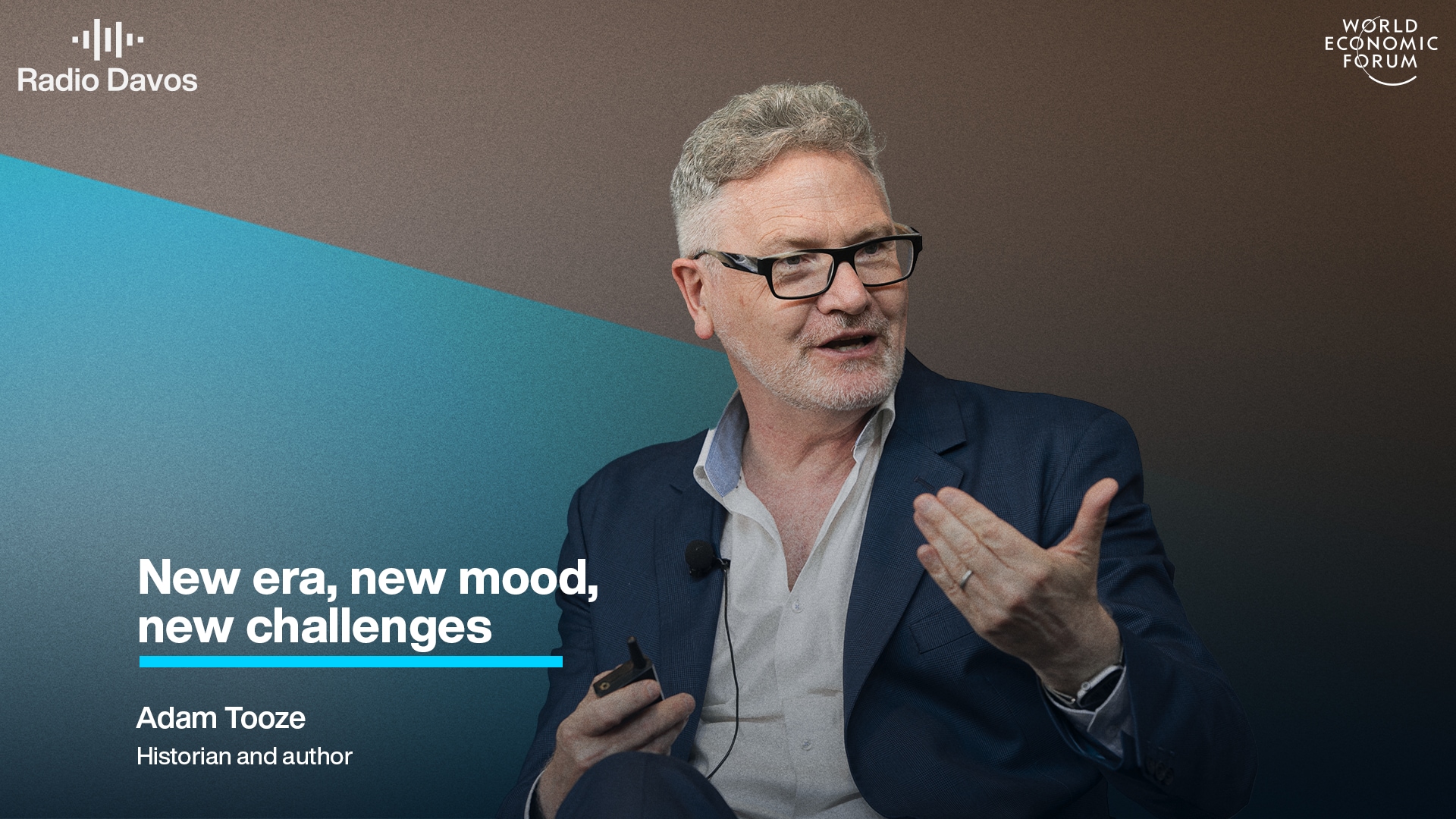Americans went to the polls. Here’s how US presidential election works

US elections for the president and vice president occur every 4 years
Image: REUTERS/Jonathan Drake
Stay up to date:
United States
- Americans went to the polls for the 2024 presidential election.
- The vote was held as experts sound the alarm on political and societal polarization worldwide.
- Here's what to know about how US presidential elections work.
Tens of millions of voters in the United States went to the polls this week for the 2024 US presidential election.
The vote, held on 5 November, had gripped much of the world’s attention in recent months, with experts noting that the results could have a significant impact on the global economy as well as have consequences on international issues ranging from the climate crisis to the reorientation of global supply chains.
But how exactly do Americans pick their president? Here’s what to know about how US presidential elections work.
'Rebuilding Trust' at Davos 2025
US election: Hitting the polls
Elections for the US president and vice president occur every four years.
The vote follows a lengthy primary process in which the two major political parties—the Democratic Party and the Republican Party—choose a candidate through state caucuses and primary votes. Party delegates from all 50 US states then officially nominate the candidate at a national nominating convention.
This year, the Republican candidate was former President Donald Trump and the Democratic candidate was current Vice President Kamala Harris. Harris formally became the Democratic nominee in August after current President Joe Biden ended his bid for re-election in late July.
For months, the two nominees courted voters, urging them to vote early and show up on election day: Tuesday, 5 November 2024.
The date of the election stems from a rule that the US Congress enacted in 1845 that mandated that US states appoint presidential electors every four years on “the Tuesday next after the first Monday in the month of November.” At the time, the US was a largely agrarian country so the early-November date allowed the handful of Americans who could vote at the time to access the polls after the autumn harvest and before the onset of winter.
Today, Americans must register to vote in their home state ahead of the election. They can then mail in an absentee ballot, vote early at a designated polling place or vote on election day.

The Electoral College
The election of the US president is not decided through a direct popular vote. Instead, presidential elections use a process known as the Electoral College.
In this system, each of the 50 US states is allocated a number of electoral votes based on their representation in the US Congress. California, for instance, has 54 electoral votes while Wyoming has three; the total number of electoral votes is 538.
When voters cast their ballots, they are in fact voting for a slate of state electors that are pledged to their chosen candidate.
In most states, the candidate who receives the majority of the popular vote wins all of the state’s electoral votes. This is known as the winner-takes-all system. Two states, Maine and Nebraska, use a proportional allocation system to award electoral votes. A candidate must receive a majority of electoral votes (270 or more) to win the presidency.
Given that each state has different rules on how to count the votes, the election results can take days to be finalised.
Accept our marketing cookies to access this content.
These cookies are currently disabled in your browser.
Following the election, the state electors will gather in their state capitals to formally cast their votes for president and vice president. Then, in January, a joint session of Congress is held to certify the election results. The next US president will take office on 20 January 2025.
The Electoral College, which was established in the US Constitution, has been the subject of much debate given that the process can lead to candidates losing the popular vote but winning the electoral vote. This scenario occurred in the elections of 2016 and 2000 as well as three times in the 1800s.
In recent years, voter turnout in the US has increased. In 2020, for instance, over 158 million people voted in the presidential election. The turnout marked 65.9% of the voting age population and a significant increase from the 59.2% seen in 2016.
'Ideological and cultural divisions'
The US presidential vote came in a historic year for elections, with more than 2 billion people in 50 countries heading to the polls in 2024. The vote also came as experts are increasingly sounding the alarm on political and societal polarization in the US and around the world.
The World Economic Forum’s 2024 Global Risks Report defines societal polarization as “ideological and cultural divisions within and across communities leading to declining social stability, gridlocks in decision-making, economic disruption and increased political polarization.”
The report found that societal polarization ranks among the top three most severe risks presently and over a two-year time horizon. Over a 10-year period, polarization falls to the ninth most severe risk.
The report adds that societal polarization was a “consistent concern across nearly all stakeholder groupings.”
Accept our marketing cookies to access this content.
These cookies are currently disabled in your browser.
Don't miss any update on this topic
Create a free account and access your personalized content collection with our latest publications and analyses.
License and Republishing
World Economic Forum articles may be republished in accordance with the Creative Commons Attribution-NonCommercial-NoDerivatives 4.0 International Public License, and in accordance with our Terms of Use.
The views expressed in this article are those of the author alone and not the World Economic Forum.
Related topics:
Forum Stories newsletter
Bringing you weekly curated insights and analysis on the global issues that matter.
More on Geo-Economics and PoliticsSee all
Spencer Feingold
July 30, 2025
Matt Watters
July 29, 2025
Valeriya Ionan
July 28, 2025
Michael Wang
July 28, 2025
Mark Esposito
July 24, 2025





